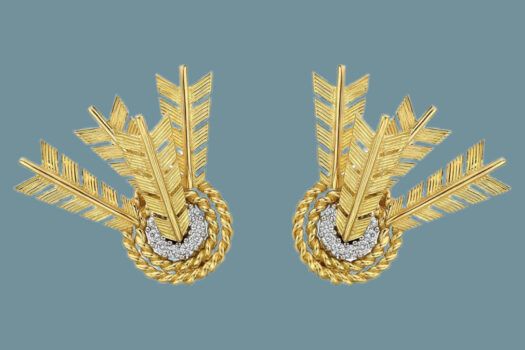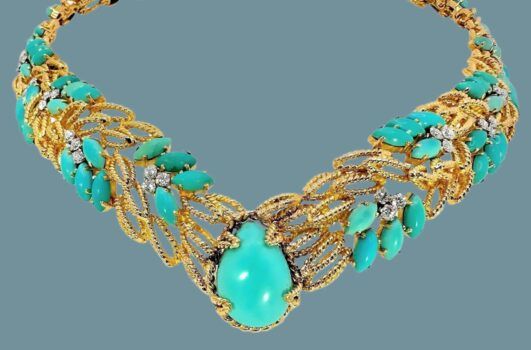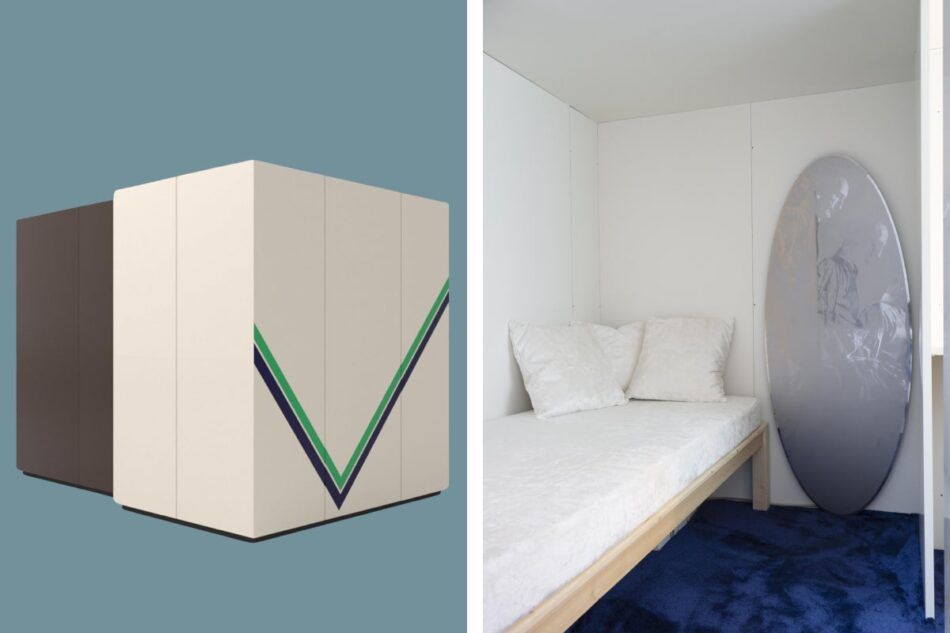
A description of Dino Gavina’s la casa nella casa, or “house within the house,” might list its materials as lacquered wood and carpet and give its dimensions as 89.7 inches wide by 116 inches high by 82.6 inches deep. And indeed, the structure is as simple as this account makes it sound: a bifurcated cube-like space containing a bed on one side and a desk and closet on the other.
Explaining the genesis of the la casa nella casa, which he created for his own home in the late 1970s, the Italian designer told Domus magazine in 1982, “I slept for some time with a bed in the open room; the room was ugly with the bed there in the middle. So I thought of making a cube for clothes and things, so I could use the rest of the room for other things.”
Three years ago, Gherardo Tonelli was inspired to re-create Gavina’s forward-thinking design on the centenary of the designer’s birth. Tonelli is the owner of the company Paradioterrestre, which Gavina founded in 1983 and which Tonelli relaunched in 2017, a decade after Gavina’s death.
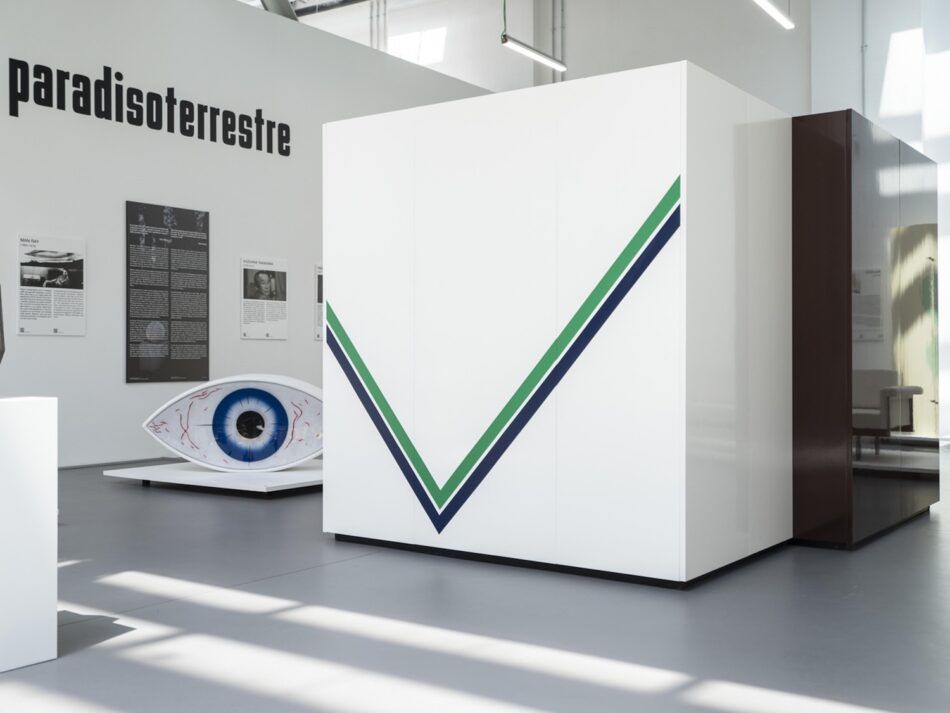
“The idea came from my frequent visits to Gavina’s historic house in the heart of Bologna,” says Tonelli, who grew up in that city. “I have always been fascinated by this unusual presence — this cube in the center of the room. As Gavina’s centenary approached, I began to think about something that could represent him in a new and lesser-known way, as la casa nella casa was only featured in Domus issue number 631, September 1982,” Tonelli says. “Thanks to the collaboration with his daughter, Ilka Alessandra Gavina, we could make a one-to-one reproduction of la casa nella casa that we first presented to the large audience at ADI Design Museum Compasso d’Oro during Milan Design Week in 2022.”
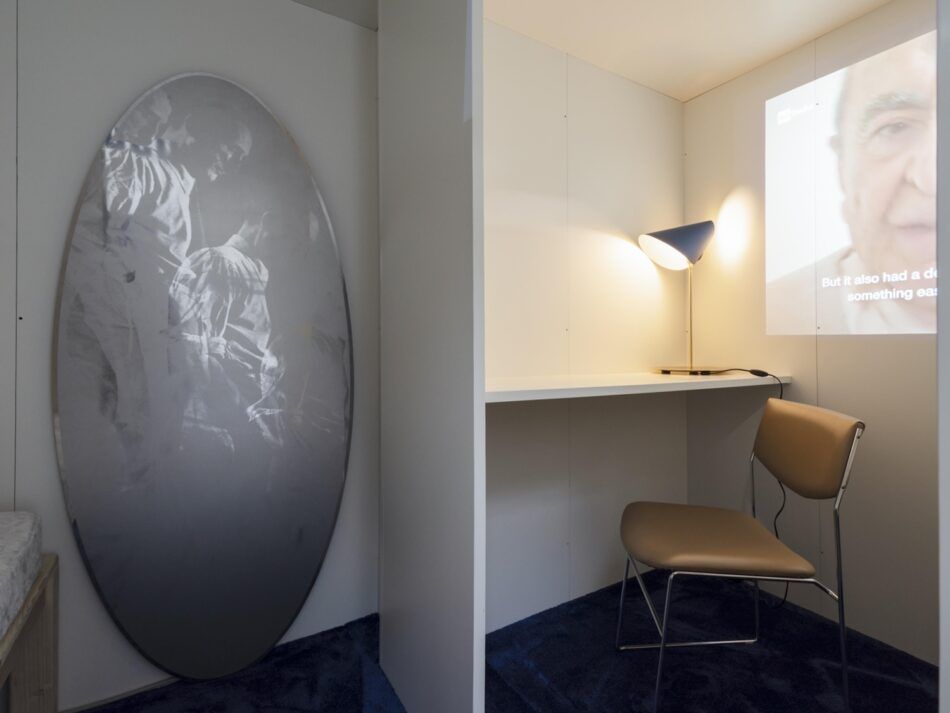
Gavina was a rare breed of entrepreneur who made an indelible mark on Italian design, inspiring those he worked with to come up with truly new ideas and objects for modern living. Gavina started out making theatrical sets, switching to a career in design after meeting the artist Lucio Fontana and an influential circle of equally forward-thinking creatives, including Carlo Scarpa, Achille and Pier Giacomo Castiglioni, Cini Boeri and Vico Magistretti.
Gavina would draw on these acquaintances as the talent pool for the companies he founded in the 1960s, including the iconic lighting brand Flos; his eponymous furniture firm, Gavina Spa, which was acquired by Knoll in 1968; and Studio Simon, which in 1983 established the sub-brand Paradisoterrestre to produce outdoor furniture designed by Kazuhide Takahama and Luigi Caccia Dominioni.
Gavina’s influence on the brand’s approach is profound,” Tonelli says, referring to the relaunched Paradisoterrestre, “starting with the constant dialogue between art and design, one of his many pioneering ideas. It was fundamental and natural for me to bring these two worlds together. Beyond re-editions of historical projects by Roberto Matta and Kazuhide Takahama, I also personally revive Gavina’s relationships, establishing new collaborations with Tobia Scarpa and Allen Jones.”
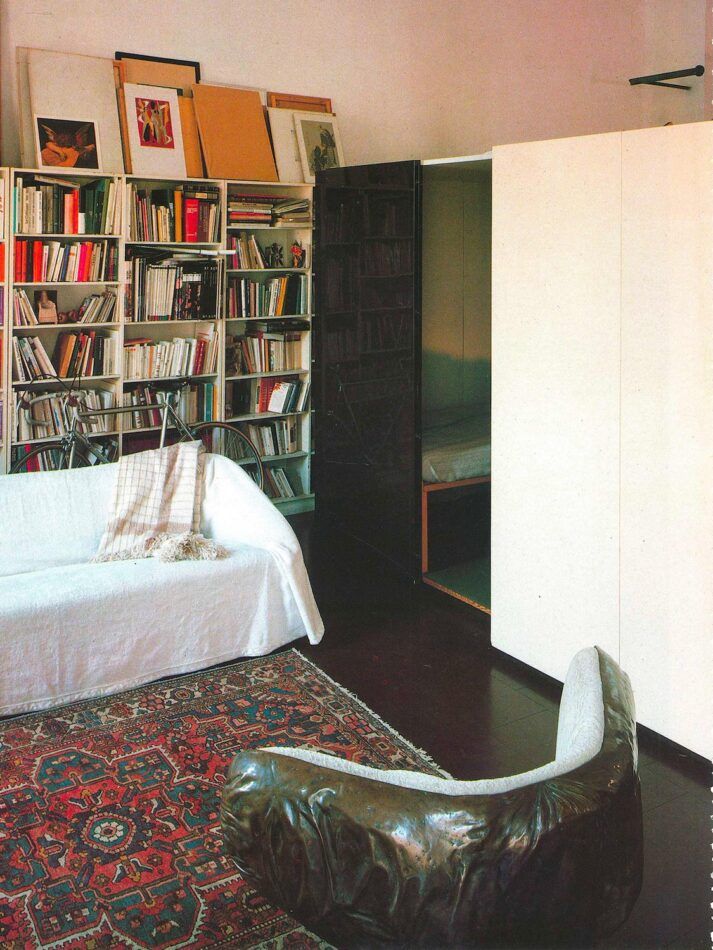
Gavina is largely known through his championing of other designers, but la casa nella casa has a great deal to tell us about its designer. “Eclectic, subversive, whimsical, histrionic — la casa nella casa was Dino Gavina’s personal refuge, his escape within his own home, where he used to read, think and isolate himself,” Tonelli says, adding that the structure “led [Gavina] to develop unconventional ideas without having to justify himself and his imaginative approach to life and work.”



